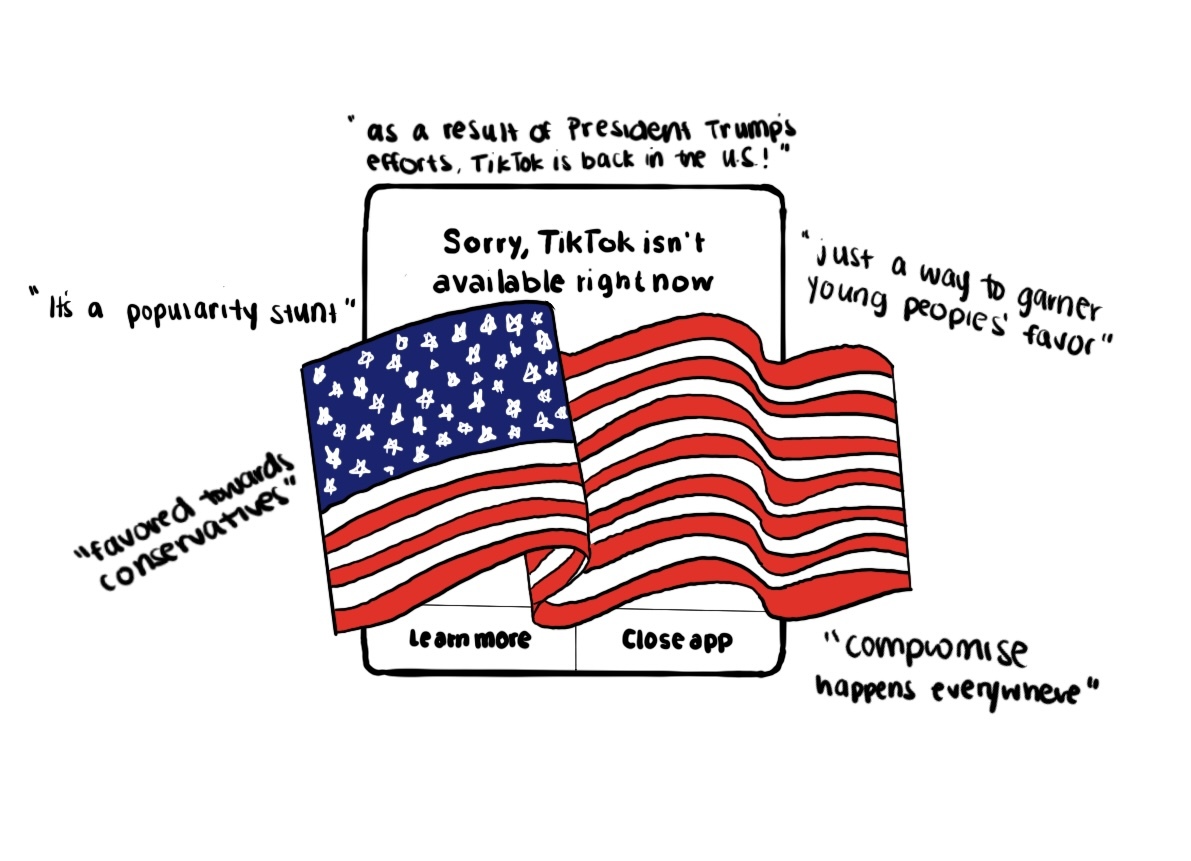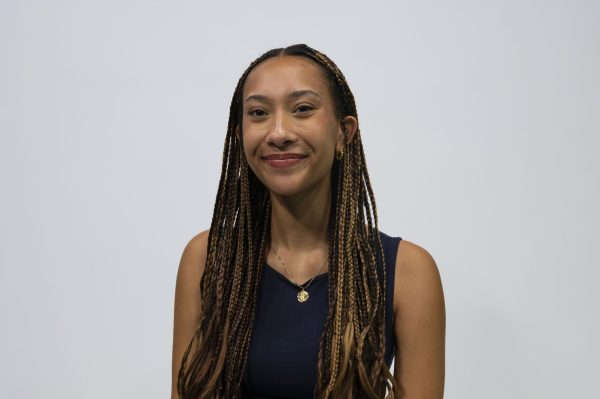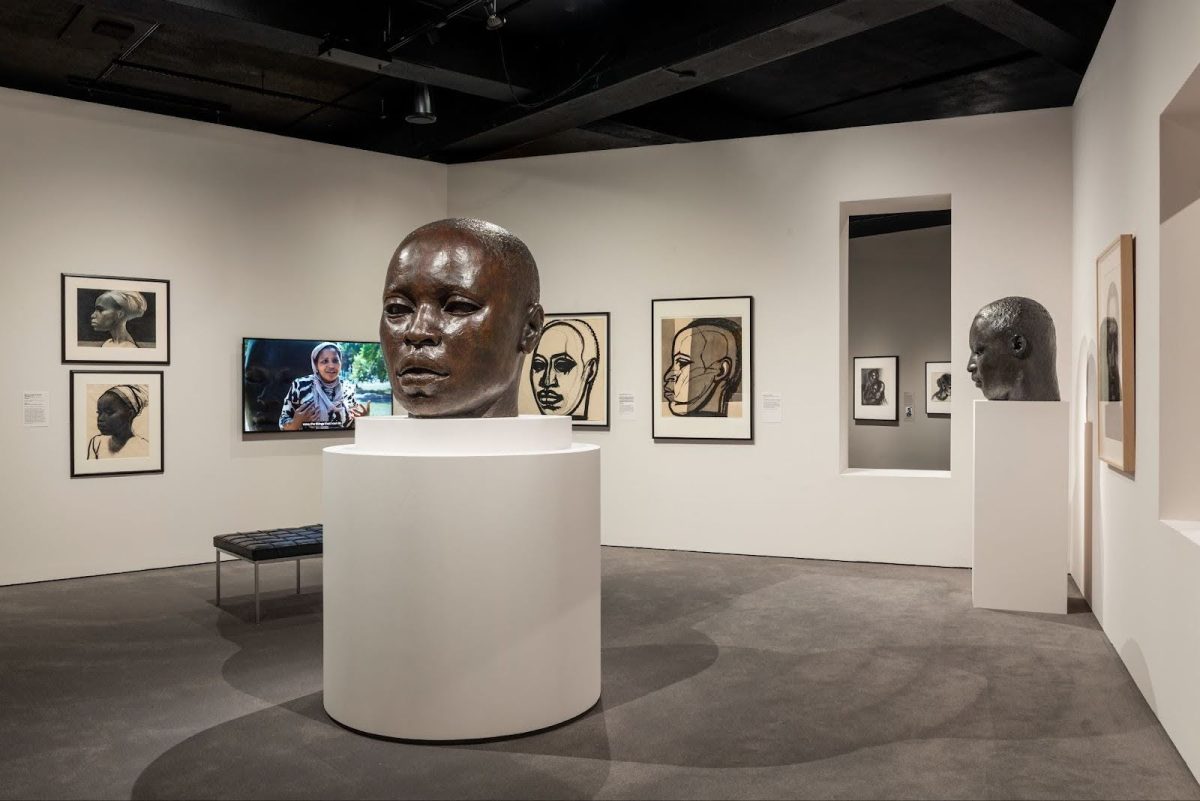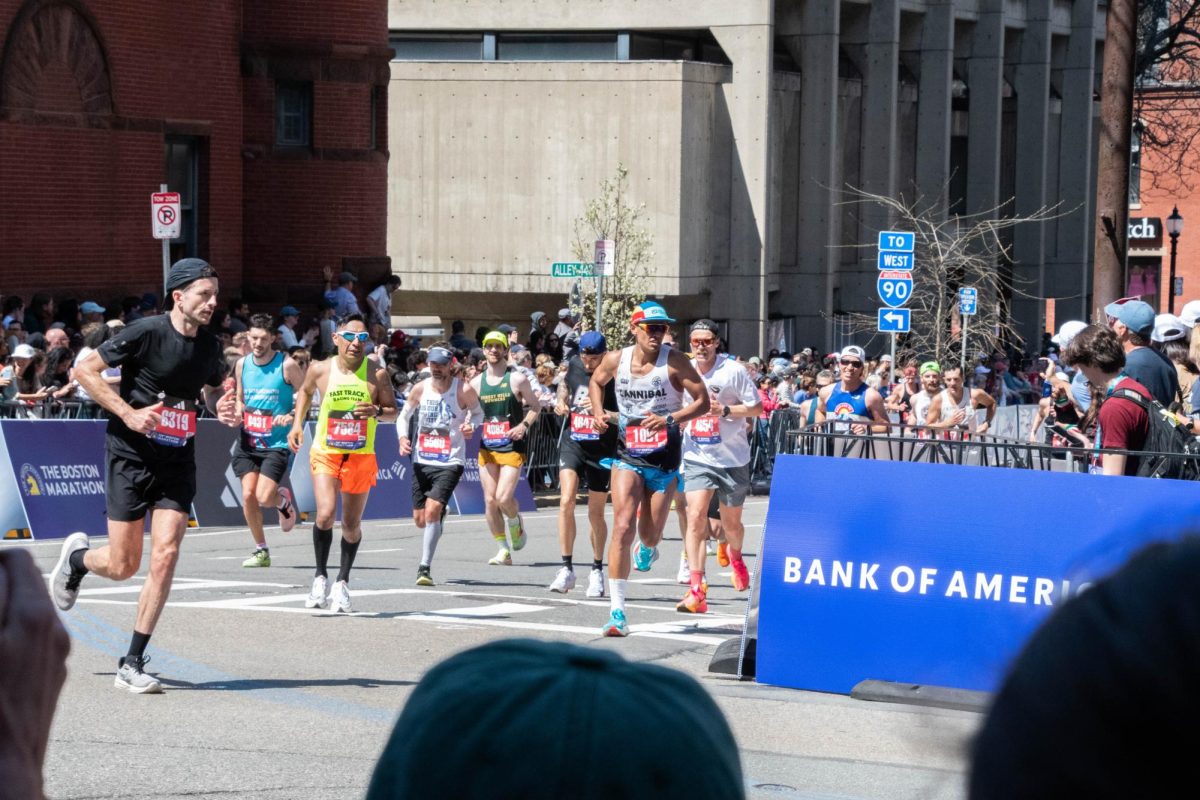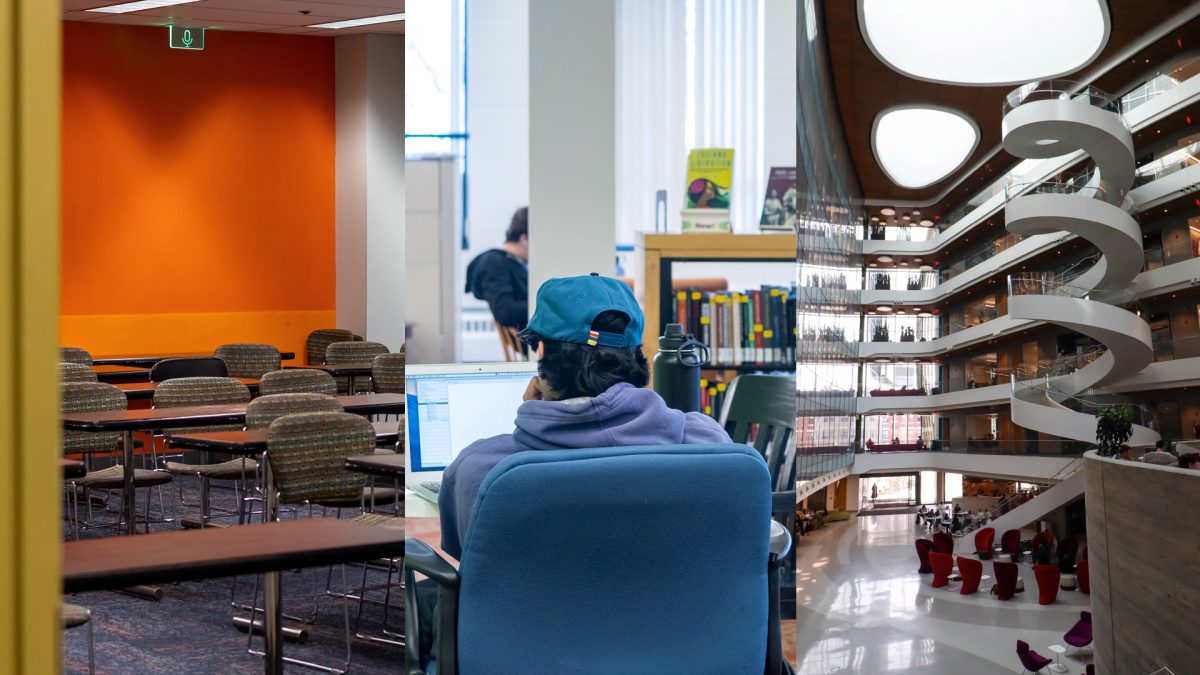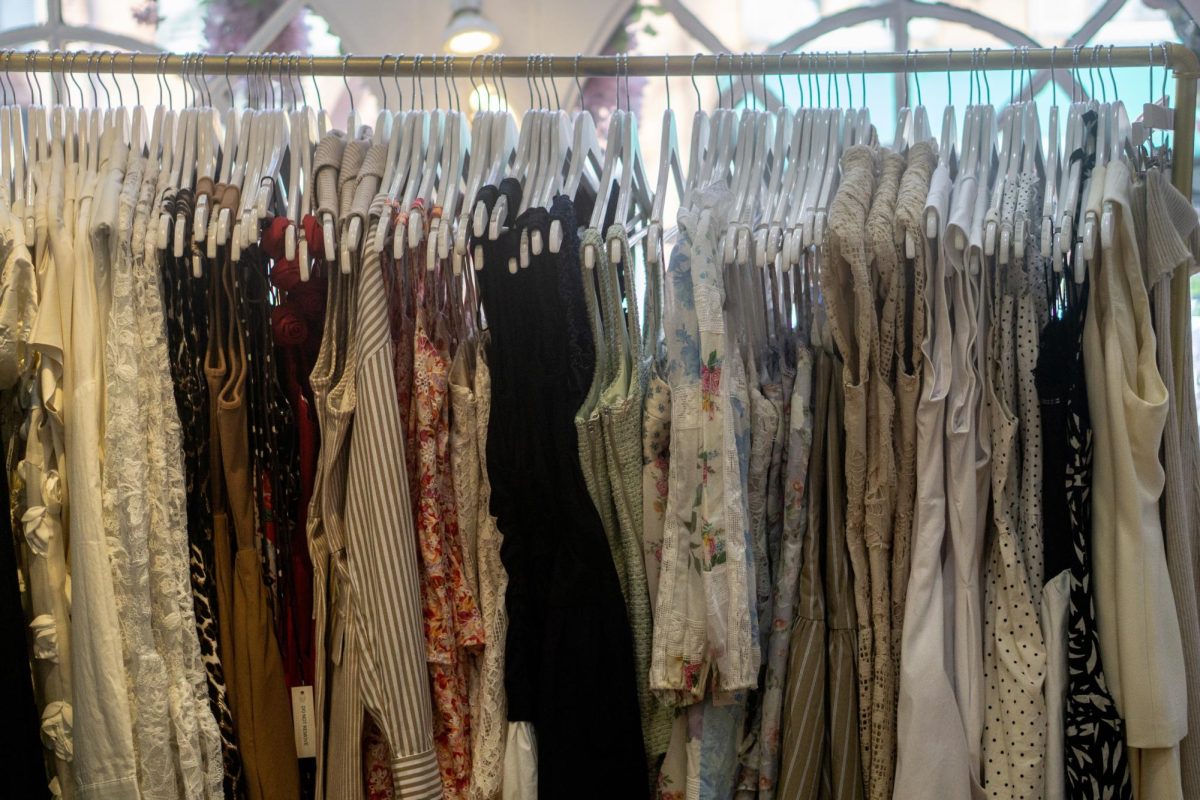More than 170 million American users were impacted when the popular platform TikTok went dark Jan. 18. Questions surrounding data breaches on the application date six years back, and the integrity of TikTok is still up for debate today.
In fall of 2019, U.S. government officials began to raise national security concerns. Shortly thereafter, the Pentagon banned TikTok from all military devices. In August 2020, President Donald Trump signed an executive order insisting that TikTok’s Chinese parent company, ByteDance, divest from the platform and give way to American ownership.
The Trump administration’s plans petered out when Joe Biden took office — that is, until Congress garnered support for a ban-or-sell bill in 2024. TikTok’s slogan, “Make every second count,” took on a whole new meaning when the Supreme Court unanimously upheld a federal ban as constitutional.
TikTok was inaccessible for 12 hours, showing users who tried to open the app a message that read, “We are fortunate that President Trump has indicated that he will work with us on a solution to reinstate TikTok once he takes office. Please stay tuned!”
Northeastern University students have expressed skepticism surrounding the circumstances of the app’s return.
“It’s kind of wild that [the administration] is like, ‘Oh, we saved it,’ especially when Trump is the one who initiated the ban,” said Beto Melo, a second-year business administration and data science combined major. “It’s definitely a little bit hypocritical. … I feel like it’s just a way to garner young people’s favor for him.”
Even TikTok’s most avid users raised eyebrows when the platform restored service with the message, “Thanks for your patience and support. As a result of President Trump’s efforts, TikTok is back in the U.S.!”
“It’s a popularity stunt,” said Naji Jabbour, a first-year economics and international business combined major.
Students have a newfound distrust in the app, but not for the national security concerns the White House previously expressed.
“I mean, where isn’t there a security breach?” Melo said. “With Instagram, with any Meta platform, with X, … compromise happens everywhere.”
Others were equally speculative.
“I’m sure — like with all social media apps — that there’s some degree of validity and urgency with security protocols, but I don’t get why it’s limited to TikTok while there are national corporations that are guilty of the same or maybe even worse,” Jabbour said.
Students have an especially vested interest in the platform’s ban and subsequent return. According to a 2024 study by the Pew Research Center, about 40% of young adults in the U.S. now regularly consume the news via TikTok.
“TikTok has completely changed how people, especially younger people, access information,” Melo said. “I feel like there’s always stuff happening on TikTok that you don’t necessarily see in the actual media sometimes. It definitely gives you kind of an insider’s view of stuff happening around the world.”
Now, some students are worried about a skew toward right-wing politics on the personally tailored “For You” page.
“I think [TikTok] has been a little bit censored, and a little favored towards conservatives — a lot more pro-Trump, even though that was never something that was on my feed before,” said Lauren Harmat, a third-year chemical engineering major. “I’m not seeing a lot of international news as well, so I didn’t know that there are international protests against Trump right now. Prior to the ban, I definitely would’ve seen that on my feed.”
Harmat also shared that before the ban went into effect, she had been following Rep. Alexandria Ocasio-Cortez. Afterward, Harmat noticed that although she hadn’t taken any personal action, she was no longer following the congresswoman.
Harmat also saw a major upswing in Meta advertisements, despite never having interacted with any company content. This was especially noteworthy in light of CEO Mark Zuckerberg’s recent alignment with the Trump administration.
TikTok users wonder what to expect moving forward.
“I’m not certain exactly where it will go, but I also feel like the world kind of saw how much people missed TikTok in the 12 hours that it was gone,” said Victoria Serrano, a second-year business administration major.
Those who installed TikTok on their devices pre-ban are still able to access it, but after the ban, it is no longer available for download. Due to the platform’s widespread popularity, there is no shortage of willing investors. Nevertheless, TikTok is not for sale. The future of the platform remains uncertain for American users, with the current fix only offering a 90-day extension.
“Maybe it goes away again; maybe it changes in some way to fix the data breaches,” Serrano said.
The latest legislature stipulates that the extension relies upon a transition to American ownership — something which ByteDance has no plans to concede to. For now, TikTok remains in a political stalemate.



